-
Whatsapp: +86 13526572721
-
Email: info@zydiamondtools.com
-
Address: AUX Industrial Park, Zhengzhou City, Henan Province, China
-
Whatsapp: +86 13526572721
-
Email: info@zydiamondtools.com
-
Address: AUX Industrial Park, Zhengzhou City, Henan Province, China
- Home
- >
- Knowledge
- >
- PCD & CBN Tools Knowledge
- >
- Super-hard Material Cubic Boron Nitride CBN
Post Categories
Product Categories
About Company
Contact Us
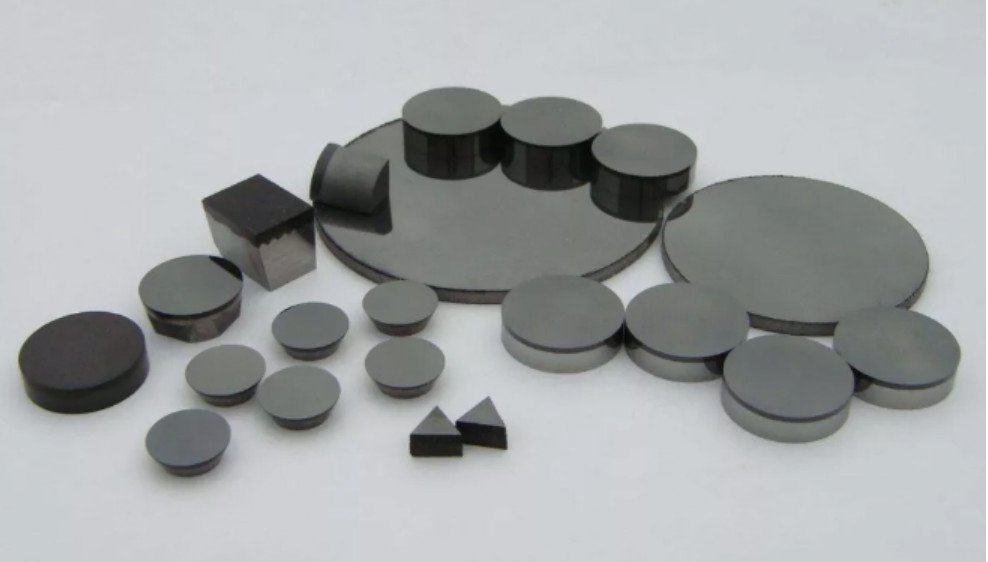
Table of Contents
The performance of cubic boron nitride
Abstract:The properties of cubic boron nitride CBN are similar to those of diamond, and some properties, such as thermal stability, are better than those of diamond. Therefore, it has a wide range of applications as diamond.
1. Hardness
The substance hardness is related to the atomic spacing of the crystal lattice, and the crystal hardness increases with the decrease of the atomic spacing. The CBN is 1.57 angstroms, and the shortest distance between diamond atoms is 1.5. Therefore CBN hardness (microhardness of 71.54GPa) is slightly lower than diamond but much higher than the other two leading abrasives, silicon carbide (microhardness of 25.48~35.28GPa) and alumina (microhardness of 17.64~27.44GPa).
The hardness of a CBN single crystal in the direction [100] is 4600kg/mm2, and that of a diamond is 10000kg/mm2. The hardness of a CBN single crystal is 3200kg/mm2, while that of a diamond is 7000kg/ mm2, which indicates that the hardness of CBN is anisotropic and slightly lower than that of a diamond.
Superhard materials used in production mainly refer to diamond and cubic boron nitride. A common feature of cubic boron nitride and cubic diamond is their structure’s covalent bond “bond Angle” of 109°28′. It is this 109°28′ covalent bond Angle makes cubic boron nitride and cubic diamond have the highest hardness and are called superhard materials.
2. Thermal conductivity
The thermal conductivity of cubic boron nitride (79.54w/m·k) is lower than that of diamond (146.5 w/m·k) but much higher than that of high-speed steel (16.7~25.1w/m·k) and hard alloy (20.33 ~80.77 w/m·k). With the increase in cutting speed, the thermal conductivity of CBN is also gradually increased, which is conducive to reducing the cutting zone temperature and diffusion wear.
At the same time, CBN is second only to diamond as a heat sink due to its good thermal conductivity.
3. Thermal stability and oxidation resistance
The high thermal stability of CBN can withstand cutting temperatures above 1200℃, which is better than diamond. Cubic boron nitride has high hardness and thermal stability (referred to as high thermal hardness), can be used as high temperature resistant materials, and can reduce thermal damage to materials (tools).
CBN composition and structure mainly determine heat resistance. Although cubic boron nitride’s system is similar to diamond’s, the carbon atomic bond on the diamond surface is not saturated. Under high temperatures (above 720℃), these surface carbon atoms can easily combine with oxygen atoms to form carbon oxides and escape from the crystal, resulting in gradual stripping and disintegration. Nitrogen and boron atoms cover the surface of cubic boron nitride. The 1S22S22P1 structure of the electron shell can provide three bonding electrons to saturate the valence bonds of the boron atoms on the crystal surface. And there is no empty suspension bond. Therefore, the diamond oxidation temperature is still relatively thermal stable.
Therefore, CBN has a high antioxidant capacity, and no oxidation occurs at 1000℃. In a vacuum, the phase transition from CBN to HBN occurs only when the temperature reaches 1550℃.
4. Chemical inertness
The chemical properties of cubic boron nitride are very high, and it has high chemical stability against acids and bases in neutral and reducing gaseous media.
CBN also has chemical properties for iron, steel, and oxidation environment. During oxidation, it forms a thin layer of boron oxide. This oxide provides chemical stability for coating, particularly suitable for processing ferrous metal materials. But the diamond is not steel, and iron is affinity to carbon, so it is easy to stick chips during grinding, resulting in the grinding effect of deterioration.
5. The shortcomings of single crystal cubic boron nitride
In addition to the above advantages, because of the small size and anisotropy of single crystal cubic boron nitride grains, there is an easy cleavage plane, brittleness, and easy to occur cleavage damage.
Application of cubic boron nitride
Cubic boron nitride (CBN) has been widely applied in ferrous metal processing, which has made a big step in realizing high precision, high efficiency, energy saving, and automation. The appearance of cubic boron nitride has brought considerable benefits to the mechanical processing industry. The results show that cubic boron nitride has the advantages of high hardness, good toughness, good wear resistance, and long service life in ferrous metal processing. Its metal removal rate is ten times that of a diamond. The economic benefit is remarkable; the total processing cost is significantly down.
Because of poor compatibility with iron group metals and alloys, cubic boron nitrites (CBN) are one of the main tools for complex and ductile iron material processing. Currently, cubic boron nitride is mainly used in the production of abrasives wheels and cutting tool.
1.As the abrasive wheels material, CBN abrasive tools bind the CBN abrasive particles into products with specific geometric shapes by the action of binders. As a kind of superhard material grinding tool, CBN grinding tool for grinding processing belongs to the emerging advanced manufacturing technology, can be used for the processing of iron-based materials, can also be used for the processing of non-iron metal materials, the application range in the field of metal materials processing is more comprehensive than a diamond grinding tool. Cubic boron nitride grinding tool has good grinding performance on ferrous metal, especially suitable for high hardness, toughness, high strength, and low thermal conductivity at high-temperature materials. The metal removal rate is ten times that of diamond, which solves the processing problem of complex materials. Cubic boron nitride grinding tools are widely used in high-speed and high-efficiency grinding and honing, which can significantly improve the grinding efficiency. High grinding precision, long grinding wheel life, save the grinding wheel replacement dressing, machine tool adjustment, workpiece detection, and other auxiliary time.
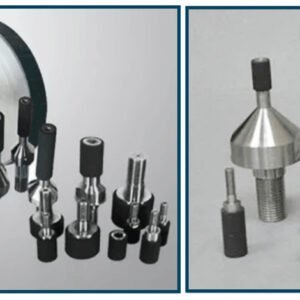
2.Cubic boron nitride can also be used as cutting tools, such as turning tools, reamer, milling cutters, etc., used in processing tool steel (including high-speed steel, die steel), bearing steel, stainless steel, nickel base alloy, and cold cast iron. CBN has replaced corundum in these processing fields and achieved good economic results. Especially in the processing of HRC50 and above hard alloy steel, CBN is sharper than corundum and more stable than diamond, showing a series of advantages.

In recent years, cubic boron nitride grinding has been one of the most popular research topics. Almost all the universities, research institutes, and factory research departments concerned with metal cutting in industrially developed countries are vigorously carrying out this work. The invention of cubic boron nitride plays a significant contribution to metal cutting.
Related Posts
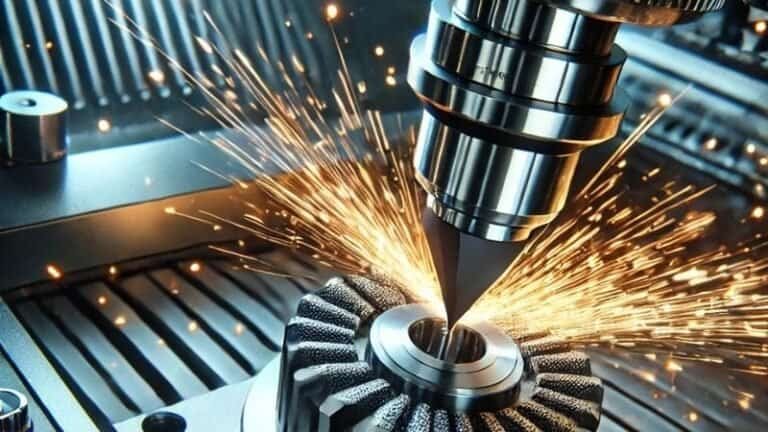
PCD Tools: The Ultimate Guide to Polycrystalline Diamond Cutting Tools
Polycrystalline Diamond (PCD) tools set the standard for advanced machining with unmatched hardness and wear resistance. Offering 2-3 times the
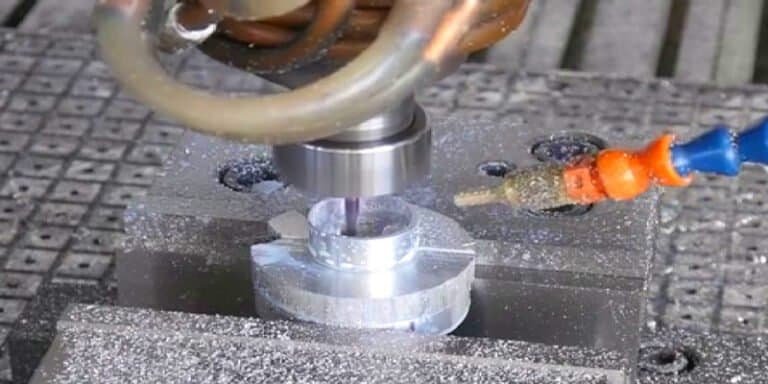
Application of PCD tools In Automobile Piston Processing
PCD tools raw materials introduction: PCD refers to the poly-crystal formed by mixing diamond powder (particle size of micron) with a small
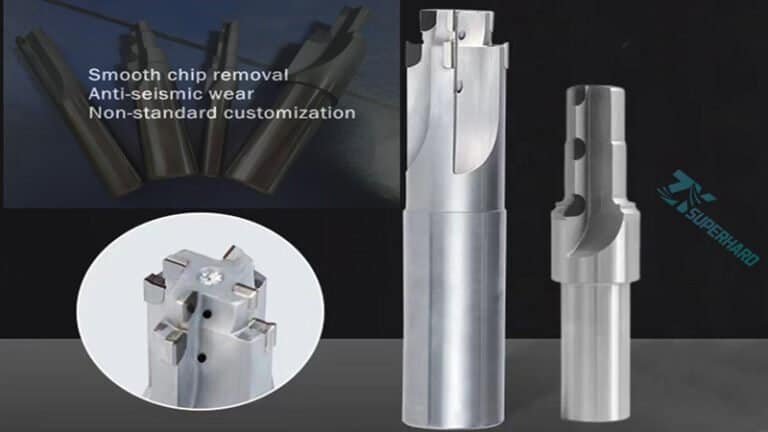
PCD Diamond Reamer Cutting Parameters
PCD diamond reamer, namely polycrystalline diamond reamer, is a kind of high speed cutting tool using polycrystalline diamond as blade

Exploring the Different Types of PCD Diamond Cutting Tools
Polycrystalline Diamond (PCD) is a synthetic diamond product that is produced by sintering together selected diamond particles with a metal
Subscribe
Simply enter your email below and click “Subscribe” to stay connected with everything new and exciting.

